Remember when action movies had heart? Before CGI explosions and franchise universes took over, there was something magical about the grittier, more human action films of the ’70s and ’80s. These weren’t just mindless spectacles – they were character studies wrapped in car chases and gunfights, brought to life by actors who understood that the best action comes from genuine emotion and believable stakes.
1. Charles Bronson
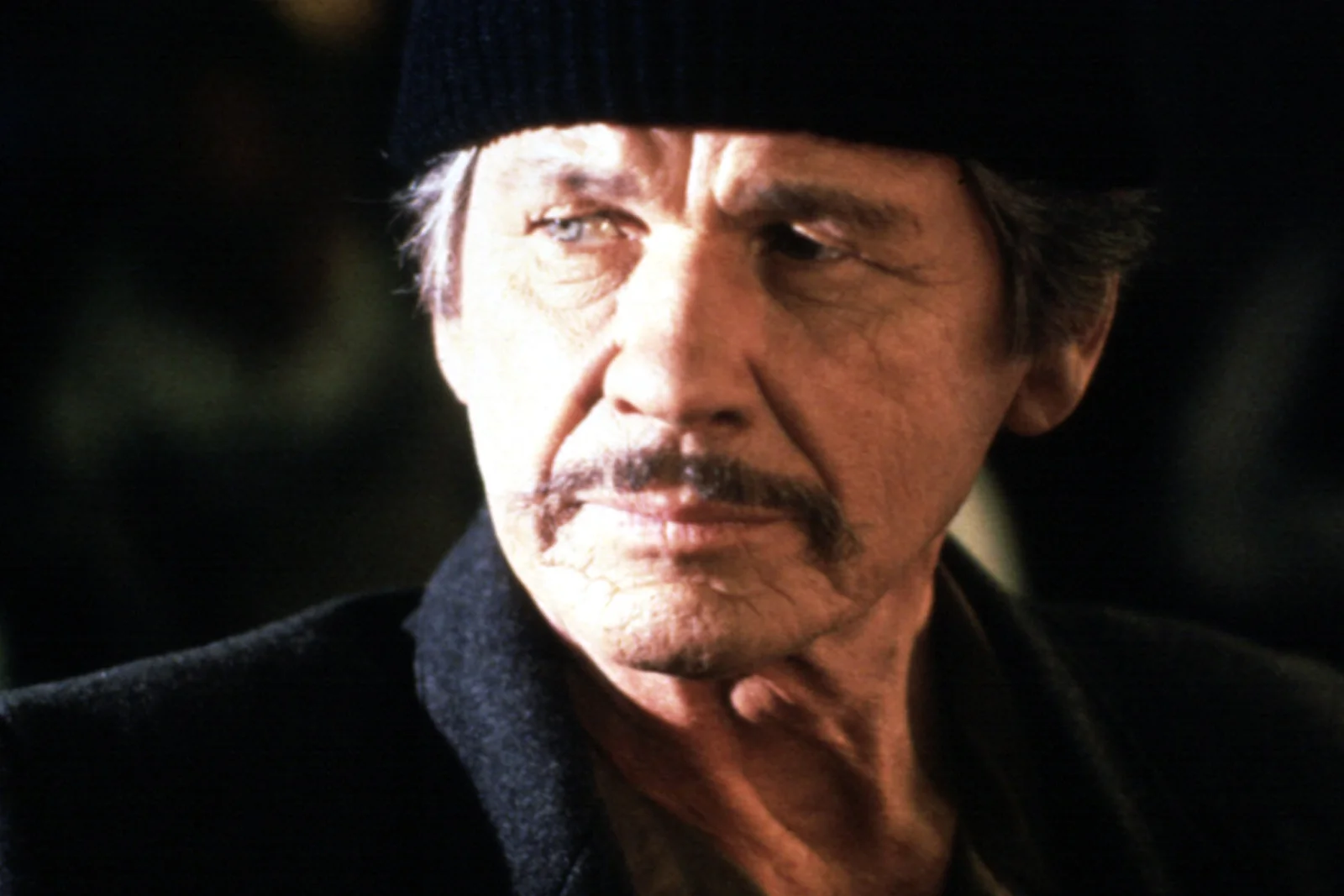
Charles Bronson didn’t just play tough guys – he embodied the working-class hero who’d had enough. His weathered face told stories of hard labor and harder choices, making every vigilante turn in films like “Death Wish” feel like a natural progression rather than a Hollywood contrivance. When Bronson’s Paul Kersey picked up that gun, audiences didn’t just see an actor playing a role; they saw their own frustrations with urban decay and ineffective justice systems.
The beauty of Bronson’s performances lay in his restraint – he never needed to shout or posture to command the screen. His quiet intensity in “The Mechanic” and “Hard Times” proved that sometimes the most dangerous man in the room is the one who says the least. Bronson understood that true toughness comes from within, and his characters carried their pain like old scars that had healed over but never quite stopped aching.
2. James Caan
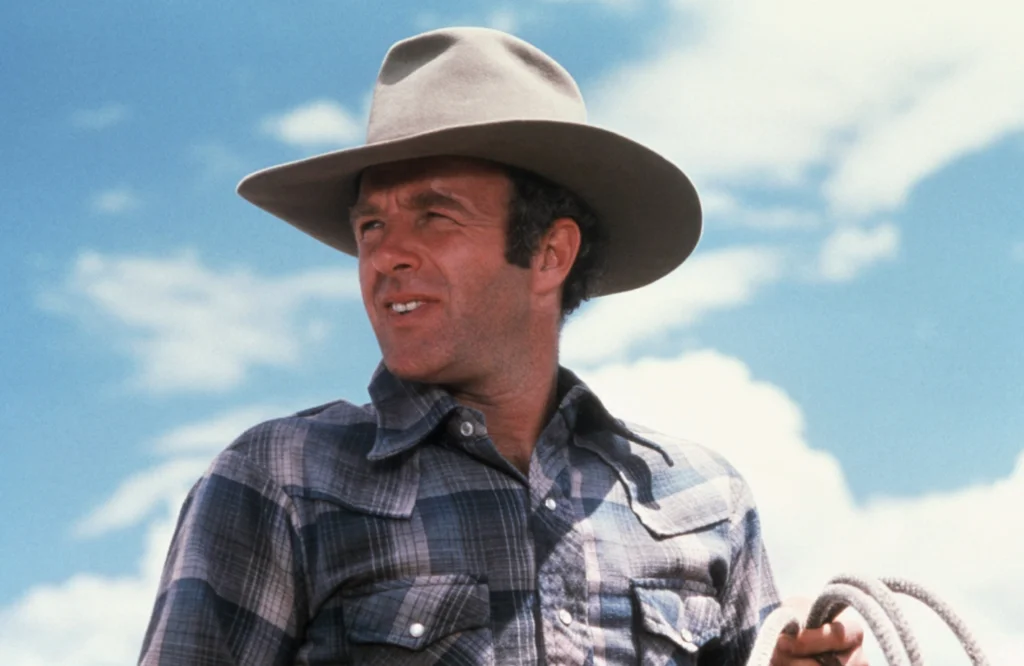
Before he became the hot-headed Sonny Corleone, James Caan was already perfecting the art of playing men caught between their better angels and their darker impulses. His role in “Thief” showcased an actor who could make criminal protagonists sympathetic without ever apologizing for their choices. Caan brought a vulnerability to his tough guys that made their violence feel tragic rather than triumphant.
What set Caan apart was his ability to show the cost of the action hero lifestyle on the human soul. In “Misery,” he played the victim with the same intensity he’d brought to playing the aggressor, proving his range extended far beyond mere physical intimidation. His characters always seemed to be fighting internal battles that were just as important as the external ones, making every punch and gunshot feel like it mattered on a deeper level.
3. Warren Oates
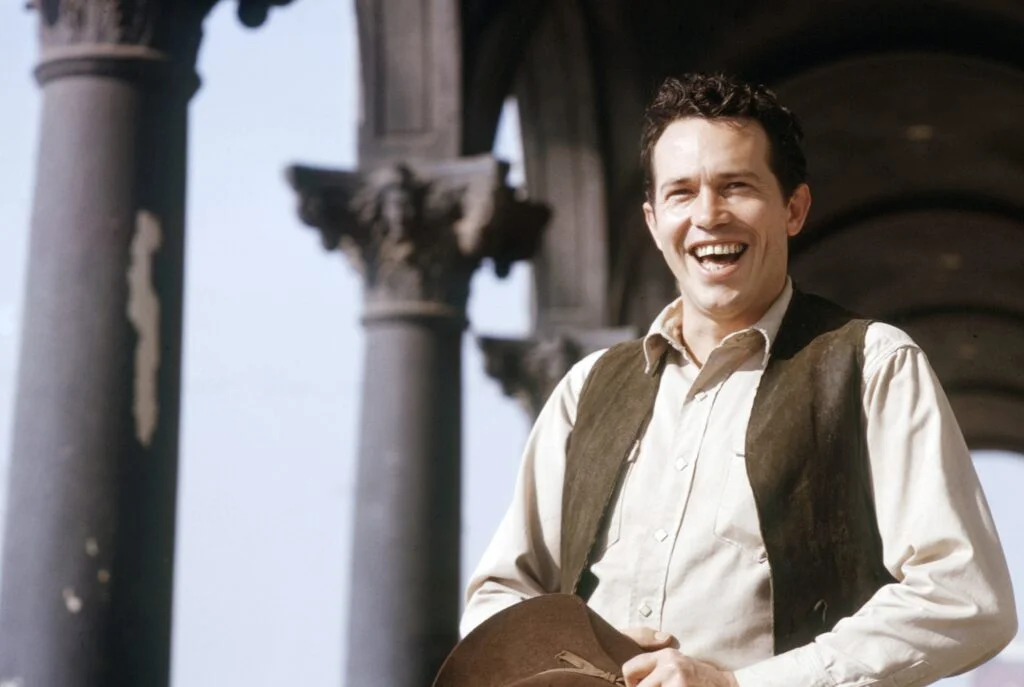
Warren Oates was the quintessential character actor who could steal any scene just by walking into it with that crooked smile and those knowing eyes. His work in “The Wild Bunch” and “Bring Me the Head of Alfredo Garcia” showcased an actor who understood that the most interesting action heroes are often the most flawed ones. Oates played men who knew they were past their prime but kept fighting anyway, bringing a poignant desperation to roles that could have been simple stereotypes.
There was something deeply American about Oates’ screen presence – he embodied the myth of the rugged individualist while simultaneously deconstructing it. His characters were often their own worst enemies, making self-destructive choices that led to spectacular downfalls. Yet Oates played these doomed men with such conviction and dark humor that audiences couldn’t help but root for them, even when they knew how the story would end.
4. Lee Marvin
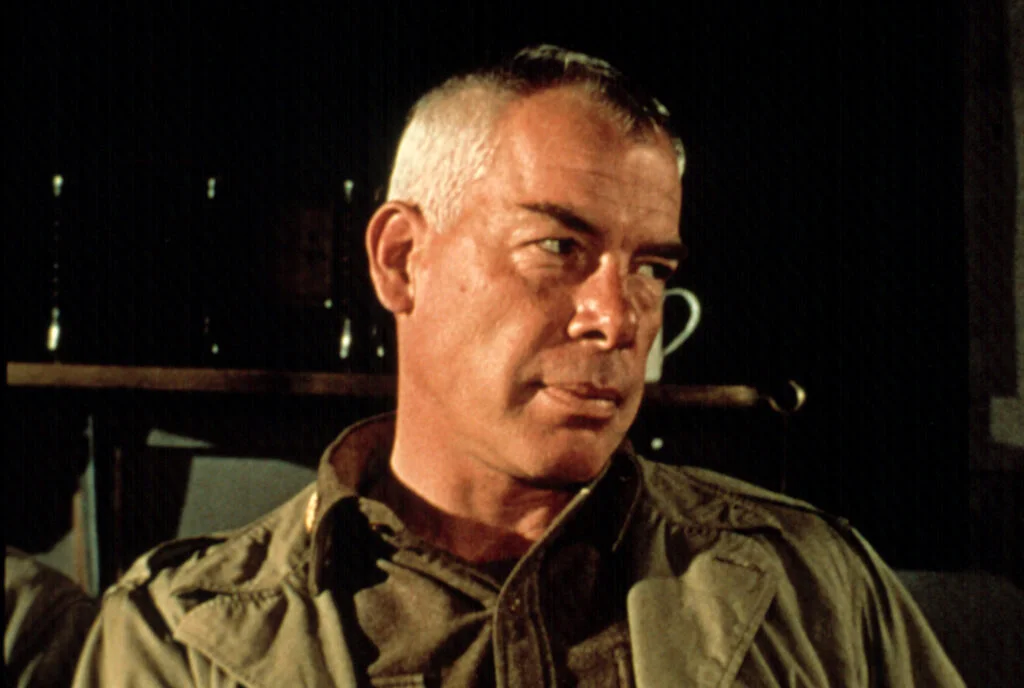
Lee Marvin’s silver hair and granite features made him look like he’d been carved from the same stone as Mount Rushmore, but his performances revealed surprising depths beneath that intimidating exterior. In “Point Blank” and “The Killers,” Marvin played men driven by simple motivations – revenge, money, survival – yet he brought such methodical intensity to these roles that they became almost mythic. His characters moved through their violent worlds with the inevitability of natural disasters.
What made Marvin special was his ability to find humor in darkness without ever undermining the seriousness of his characters’ situations. His Oscar-winning turn in “Cat Ballou” proved he could do comedy, but even his lighter moments carried an edge that reminded audiences they were watching a dangerous man. Marvin’s action heroes weren’t invincible – they were simply too stubborn to quit, and that determination made them more compelling than any superhuman ability ever could.
5. Robert Mitchum
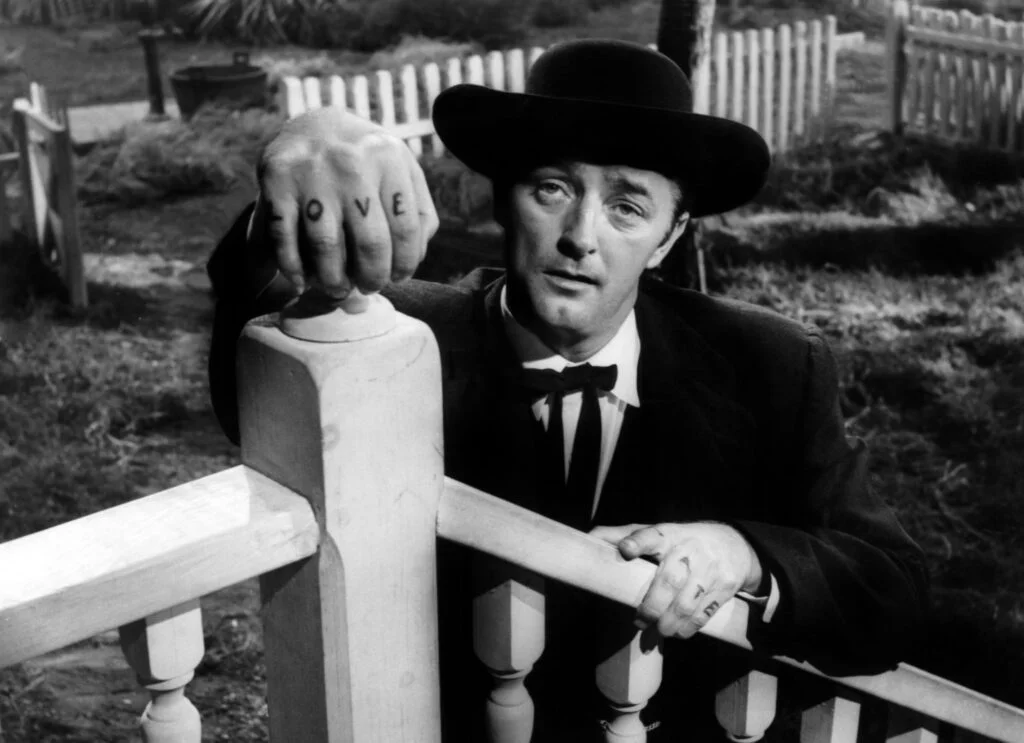
Robert Mitchum possessed a lazy-eyed cool that made every action scene feel effortless, as if violence was just another part of his daily routine. His work in “The Friends of Eddie Coyle” and “Farewell, My Lovely” demonstrated an actor who could convey menace through stillness rather than movement. Mitchum’s characters often seemed half-asleep, which only made them more unpredictable and dangerous when they finally sprang into action.
The secret to Mitchum’s appeal was his apparent indifference to whether audiences liked his characters or not. He played men who had made peace with their own moral compromises, accepting the consequences of their choices with a shrug that was both fatalistic and oddly comforting. His relaxed approach to screen violence made it feel more real and therefore more impactful than the choreographed ballet of modern action sequences.
6. Gene Hackman
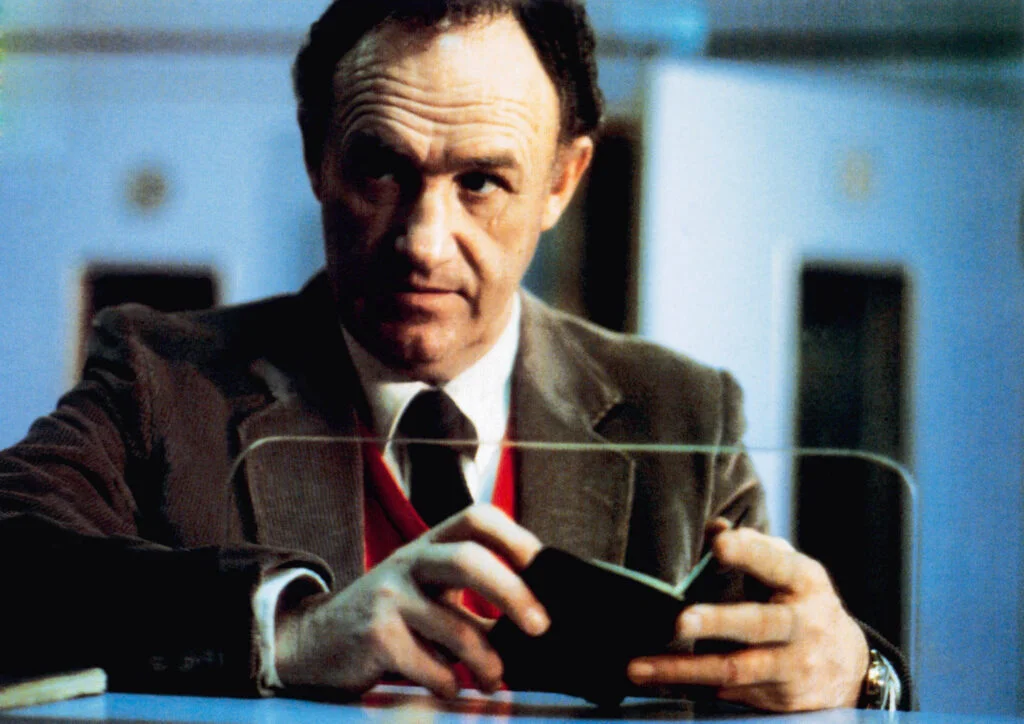
Gene Hackman brought a blue-collar authenticity to action roles that made every character feel like someone you might actually meet in real life. His Oscar-winning performance in “The French Connection” created a template for the flawed cop that countless actors would try to emulate, but few could match Hackman’s ability to make questionable behavior feel genuinely human. His Popeye Doyle was racist, violent, and obsessive, yet Hackman found the wounded humanity beneath the tough exterior.
What distinguished Hackman from his peers was his commitment to showing the toll that violence takes on those who perpetrate it. In “The Conversation” and “Night Moves,” his characters were men haunted by their own actions, struggling with guilt and paranoia that felt authentic rather than manufactured. Hackman understood that true strength comes from acknowledging weakness, and his action heroes were stronger for admitting their fears and doubts.
7. Roy Scheider
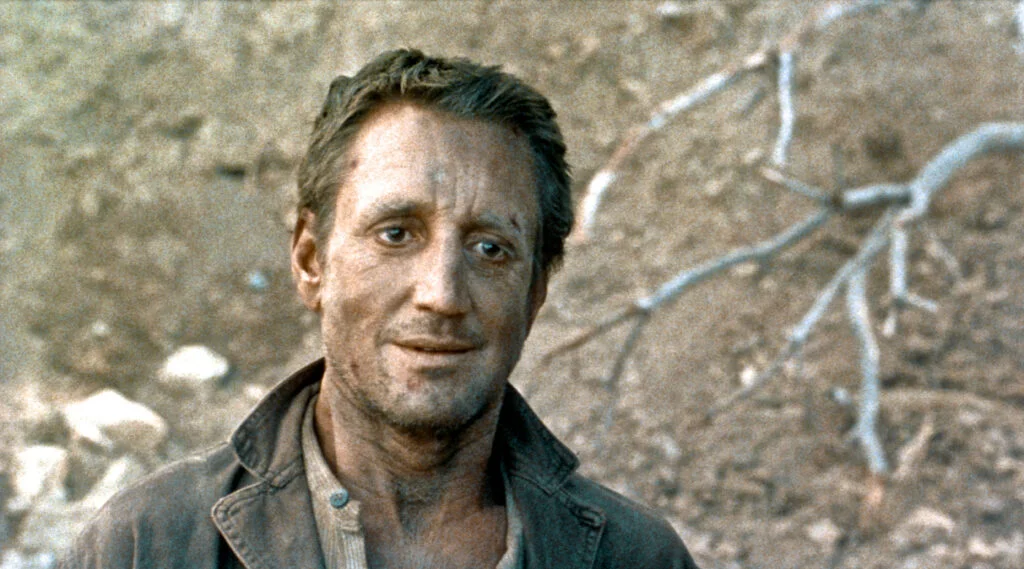
Roy Scheider had the rare gift of making ordinary men seem heroic without ever letting audiences forget their fundamental humanity. His role as Chief Brody in “Jaws” established him as an everyman who could rise to extraordinary challenges, while “The French Connection” showed he could hold his own alongside more traditionally tough leading men. Scheider’s characters were often out of their depth, but they never stopped trying to do the right thing.
The beauty of Scheider’s performances lay in his ability to convey competence without arrogance. In “All That Jazz” and “Blue Thunder,” he played men whose skills were matched by their self-awareness, understanding their own limitations even as they pushed past them. His action heroes felt like real people who happened to find themselves in extraordinary circumstances, rather than superhuman beings slumming in the real world.
8. Robert Shaw

Robert Shaw brought a theatrical intensity to action roles that elevated every scene he appeared in, whether he was hunting sharks in “Jaws” or pulling cons in “The Sting.” His characters were often larger than life, but Shaw grounded them in recognizable human emotions like pride, fear, and the desperate need to prove oneself. When Shaw’s Quint delivered his Indianapolis speech in “Jaws,” audiences understood they were witnessing something special – an actor who could find poetry in the midst of pulp.
Shaw’s tragic early death at 51 robbed cinema of one of its most versatile performers, but his brief career left an indelible mark on action filmmaking. His ability to switch between comedy and drama, often within the same scene, showed a range that few action stars possess. Shaw’s characters were memorable not just for what they did, but for how they felt about doing it, bringing an emotional complexity to roles that could have been simple archetypes.
9. Donald Sutherland
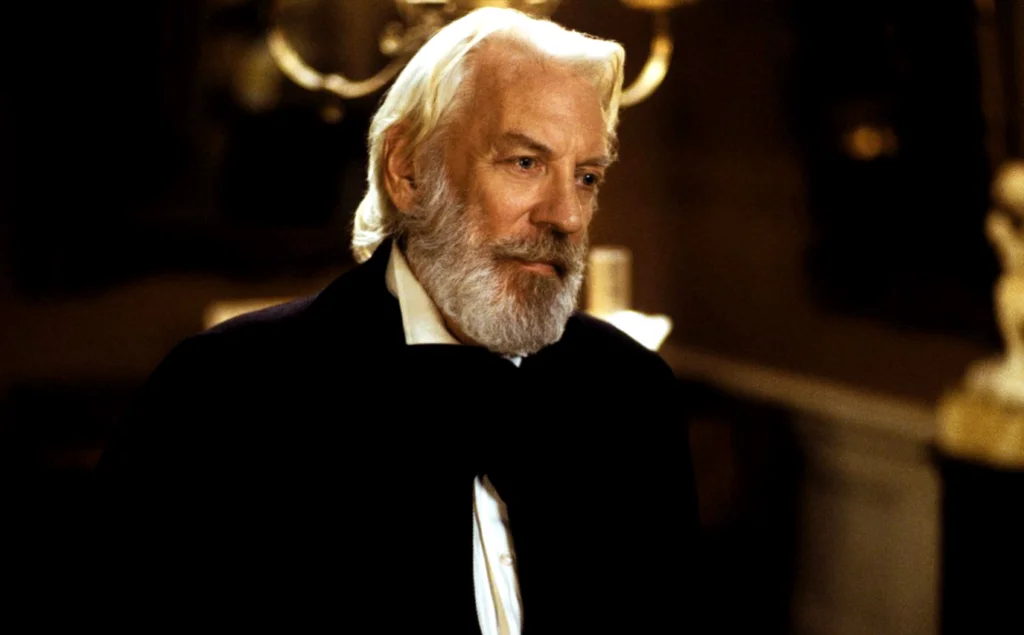
Donald Sutherland’s lanky frame and distinctive voice made him an unlikely action hero, but his intelligence and unpredictability kept audiences guessing throughout films like “The Dirty Dozen” and “Kelly’s Heroes.” His characters were often the smartest person in the room, using their wits rather than their fists to solve problems. Sutherland brought a cerebral quality to action roles that made violence feel like a last resort rather than a first choice.
What made Sutherland fascinating was his ability to make audiences question whether his characters were heroes or villains, often within the same performance. In “Don’t Look Now” and “Invasion of the Body Snatchers,” he played men whose rational minds couldn’t cope with irrational situations, creating a tension that was more unsettling than any car chase. Sutherland’s action heroes were thinking man’s protagonists, proving that brains could be just as compelling as brawn.
10. Elliott Gould
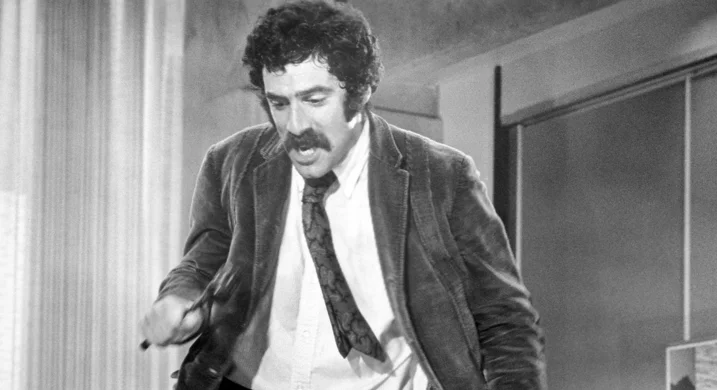
Elliott Gould brought a distinctly ’70s sensibility to action roles, playing characters who seemed perpetually bemused by the violence swirling around them. His work in “The Long Goodbye” and “MASH” showcased an actor who could find humor in dark situations without ever making light of the genuine stakes involved. Gould’s characters were often reluctant participants in their own adventures, dragged into action by circumstances beyond their control.
The charm of Gould’s performances lay in his refusal to play conventional heroes – his characters were flawed, neurotic, and often in over their heads. Yet his natural likability made audiences invest in their struggles, rooting for underdogs who won through persistence rather than prowess. Gould’s action heroes reflected the anti-establishment mood of their era, questioning authority while still trying to do the right thing.
11. James Coburn

James Coburn’s angular features and sardonic smile made him perfect for playing characters who found amusement in dangerous situations. His work in “The Magnificent Seven” and “Our Man Flint” established him as an action star who never took himself too seriously, bringing a playful quality to roles that could have been grimly serious. Coburn’s characters were professionals who took pride in their work, whether that work involved gunfighting or espionage.
What set Coburn apart was his ability to make violence look effortless, as if his characters had been born knowing how to handle themselves in a fight. His martial arts training added authenticity to his action scenes, but it was his natural charisma that made audiences believe in his characters’ abilities. Coburn’s heroes were cool under pressure, finding grace in the midst of chaos and making the impossible look routine.
12. George C. Scott
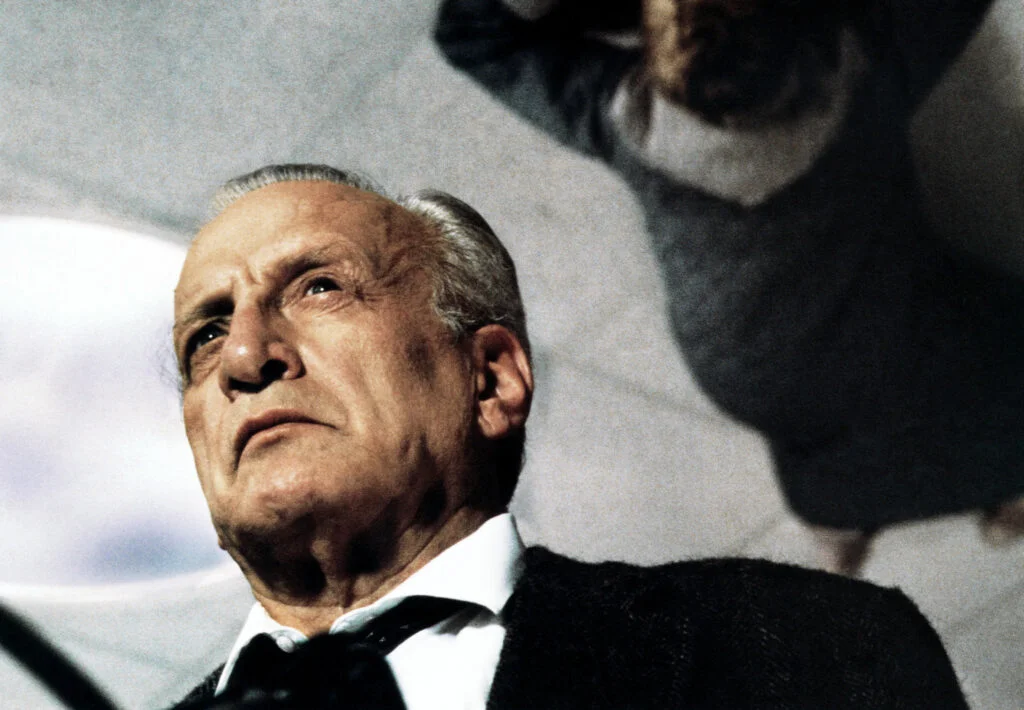
George C. Scott brought Shakespearean gravitas to action roles, making every performance feel like an event rather than mere entertainment. His work in “Patton” and “The Hospital” demonstrated an actor who could command attention through sheer force of personality, using his powerful voice and commanding presence to dominate every scene. Scott’s characters were often larger than life, but his commitment to emotional truth kept them grounded in recognizable human experience.
The tragedy of Scott’s career was that he seemed almost too good for the medium, bringing a classical training to roles that might have been simple star vehicles in other hands. His refusal to accept his Oscar for “Patton” reflected a principled stance that his characters often shared – men who did what they believed was right regardless of the consequences. Scott’s action heroes were driven by conviction rather than circumstance, making their battles feel like crusades rather than mere adventures.
These twelve actors didn’t just make action movies – they made action movies matter. In an era when special effects were limited and stories had to rely on character development and emotional truth, these performers brought depth and humanity to roles that could have been simple archetypes. They reminded us that the best action comes not from what characters can do, but from who they are and why they choose to act. Their legacy lives on in every action film that remembers to put the human heart at the center of the spectacle.
This story 12 Actors Who Quietly Became the Soul of ’70s and ’80s Action was first published on Takes Me Back.


